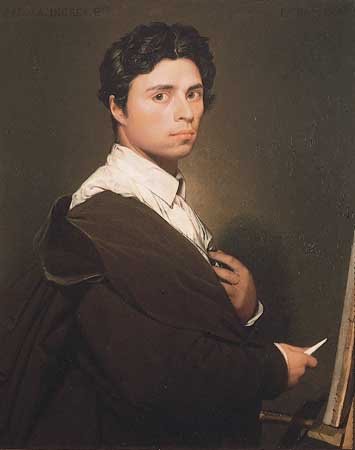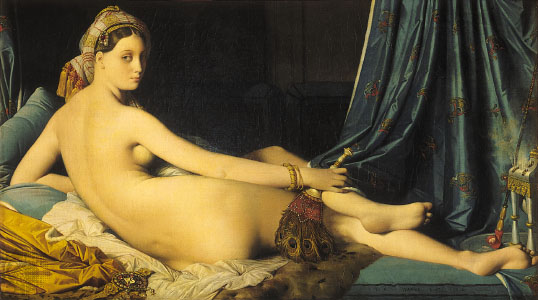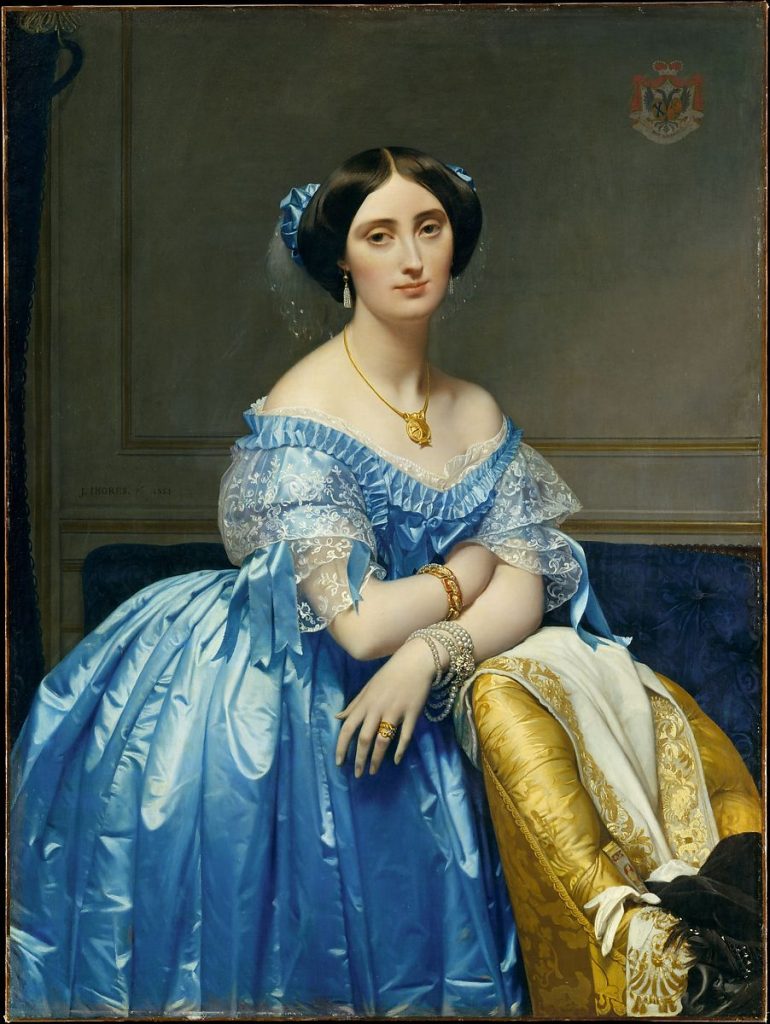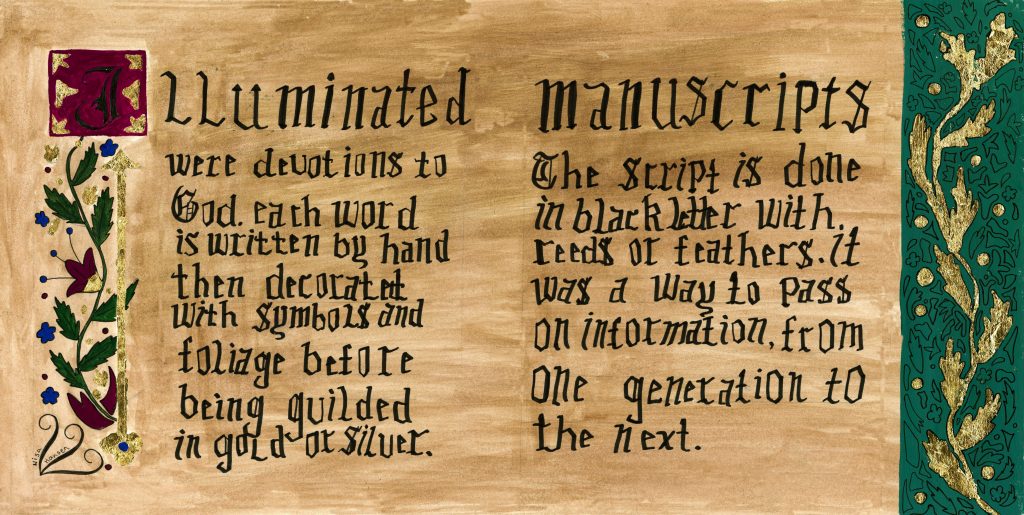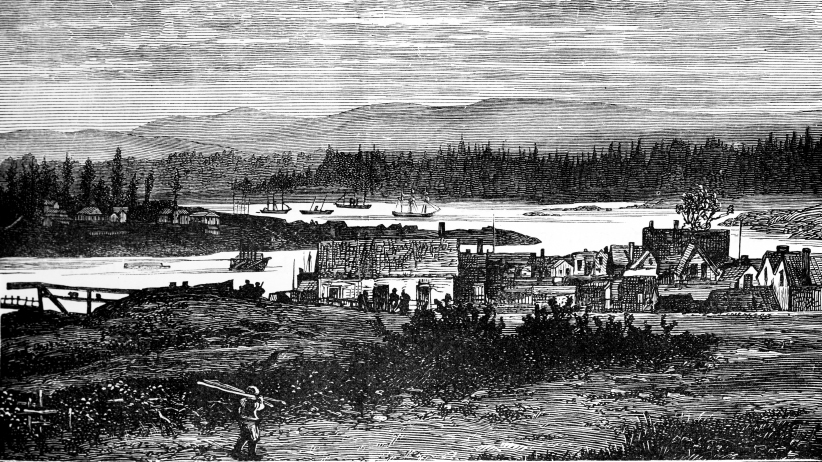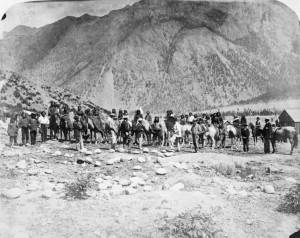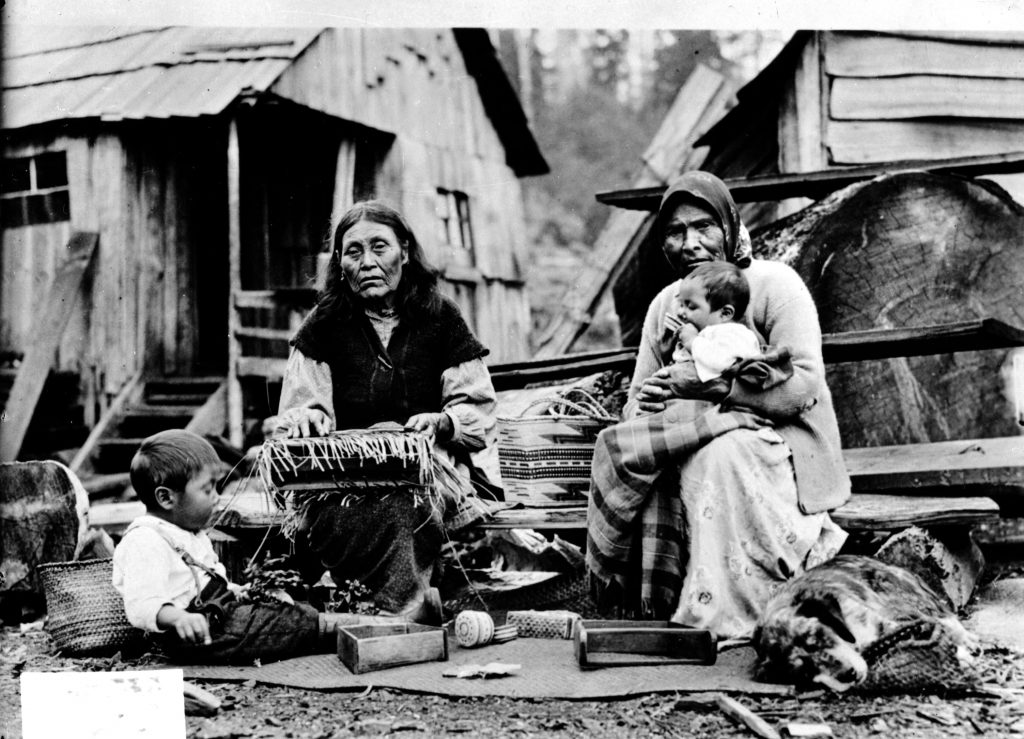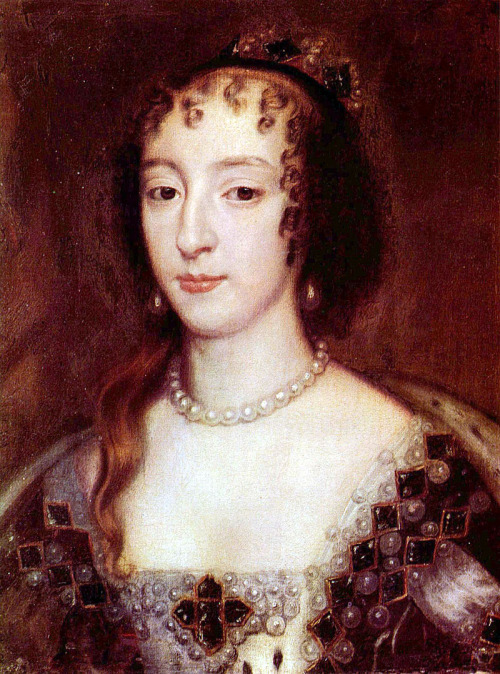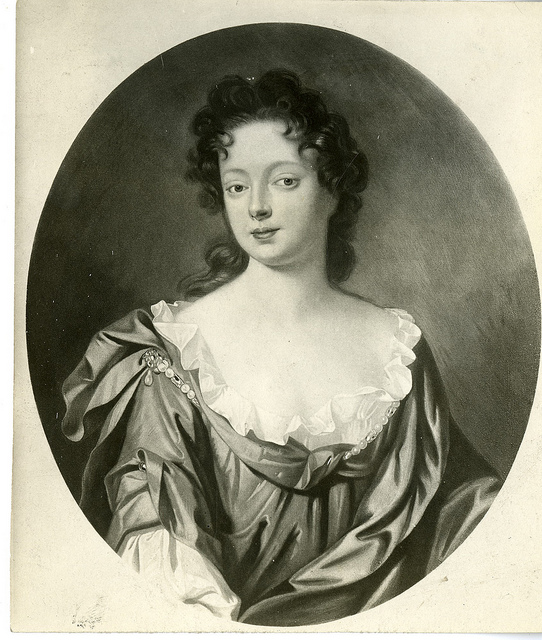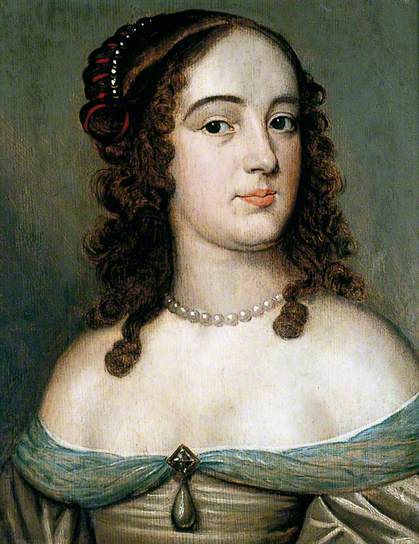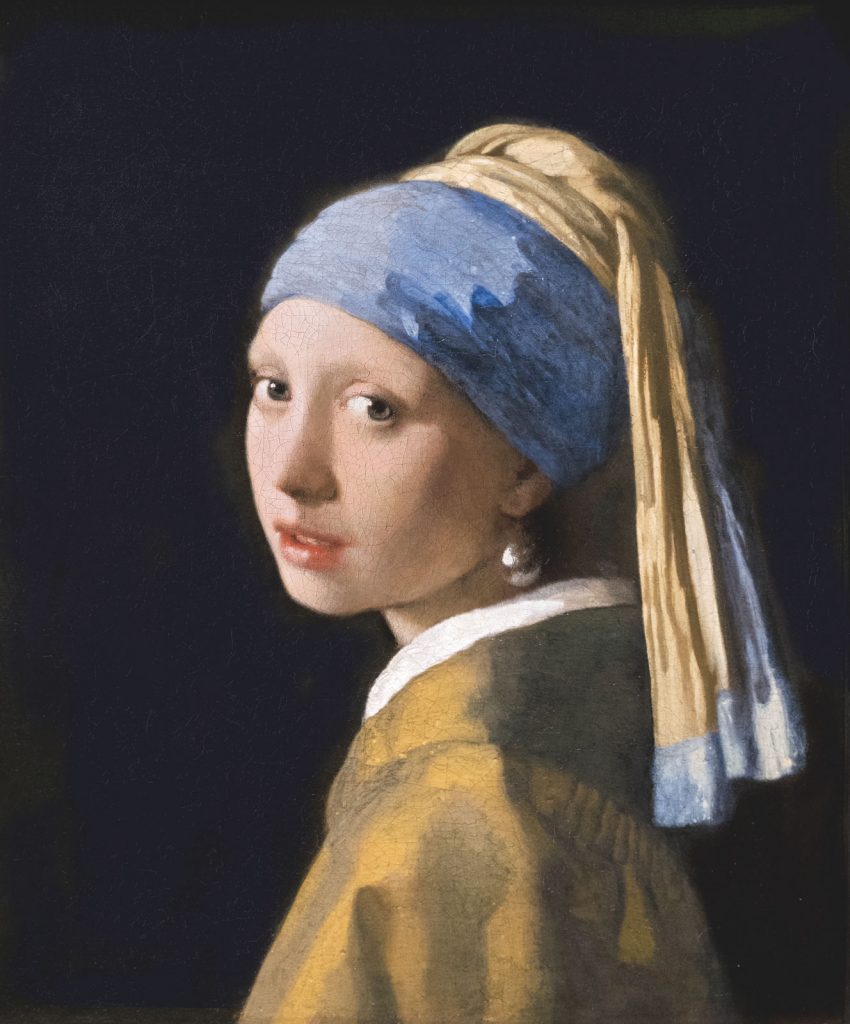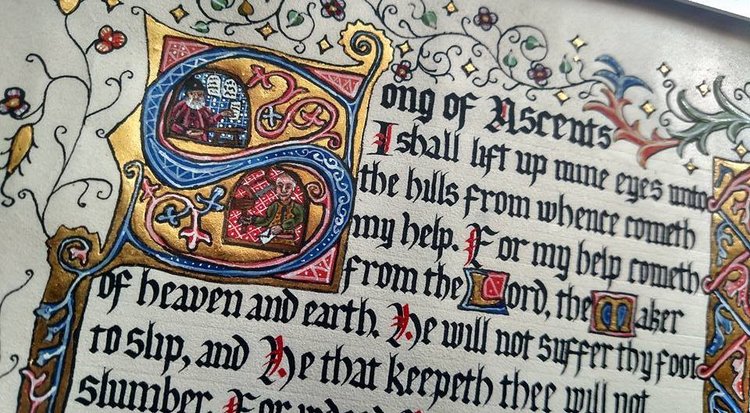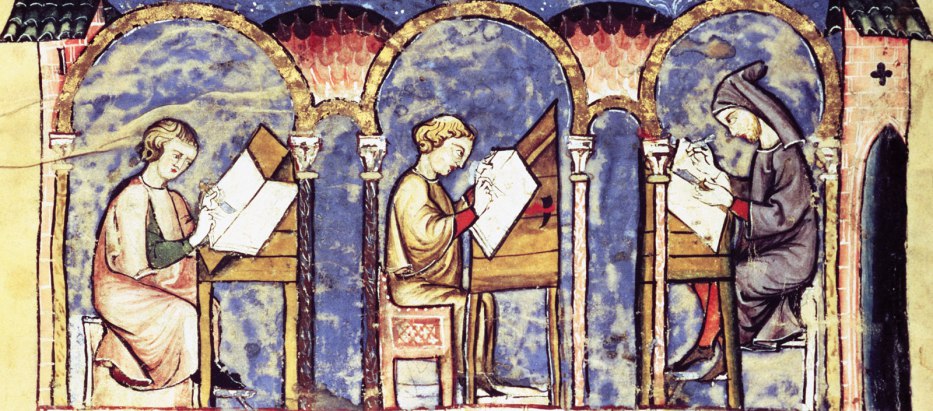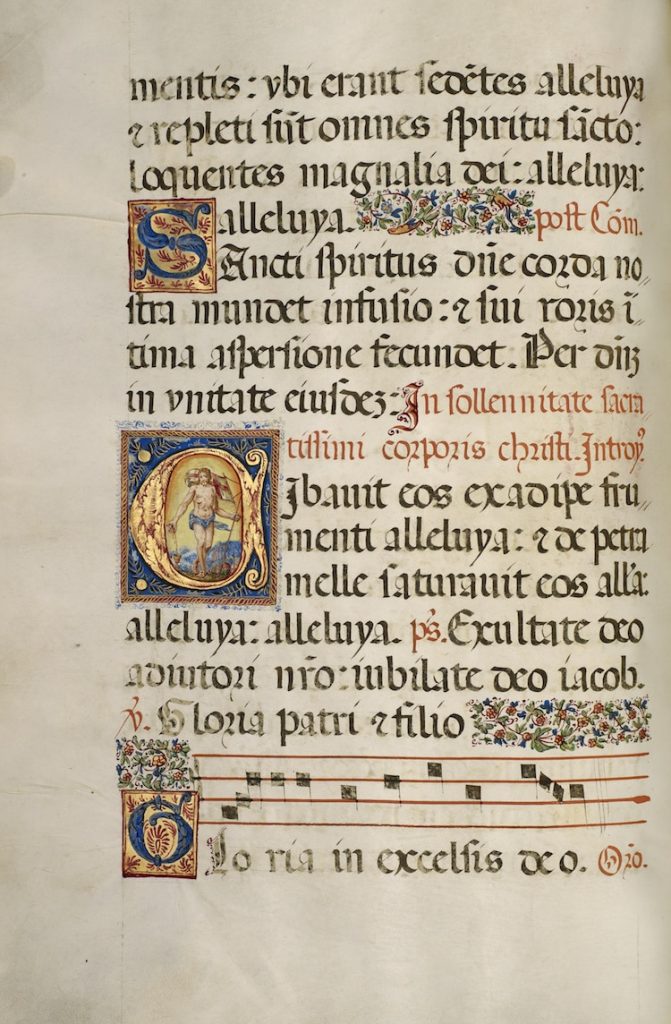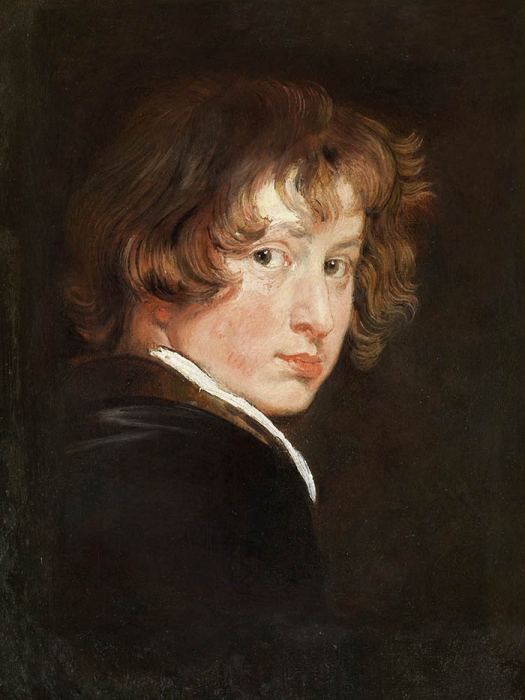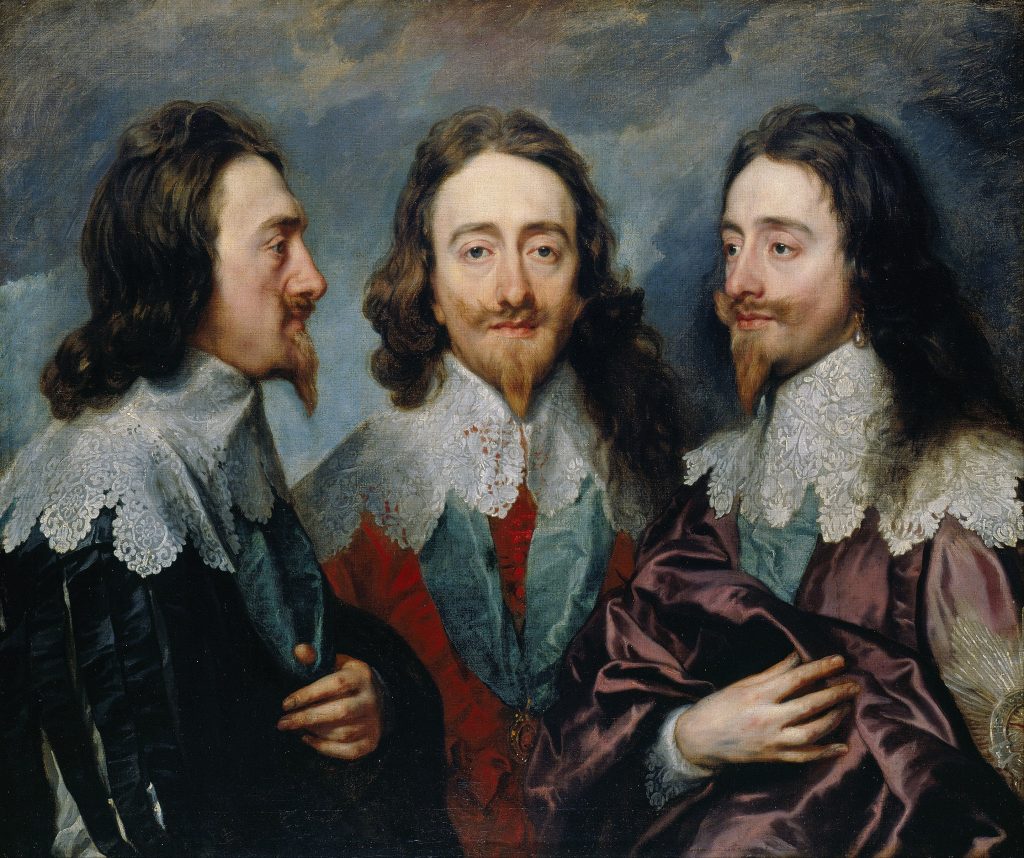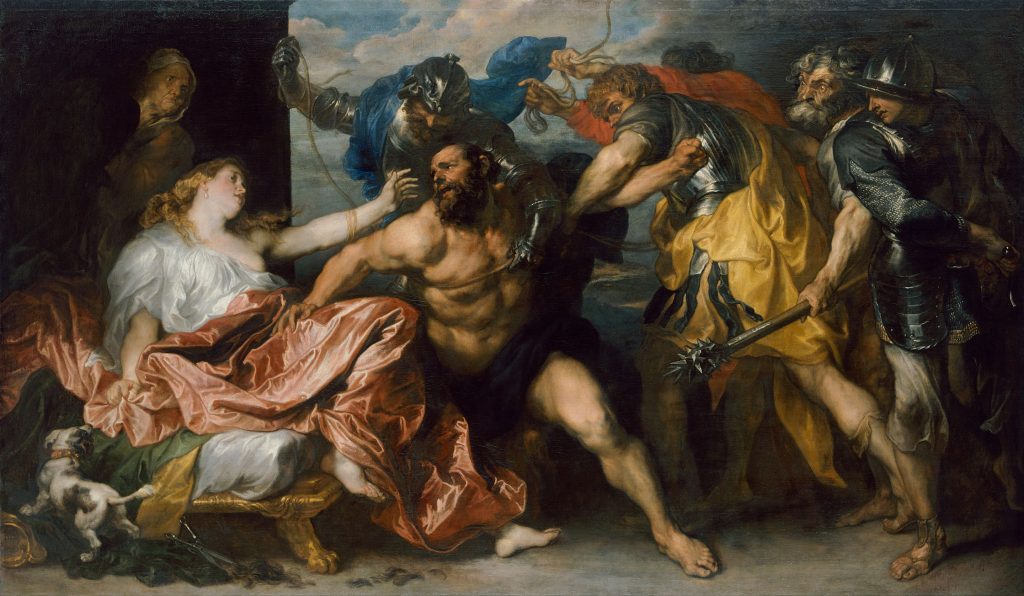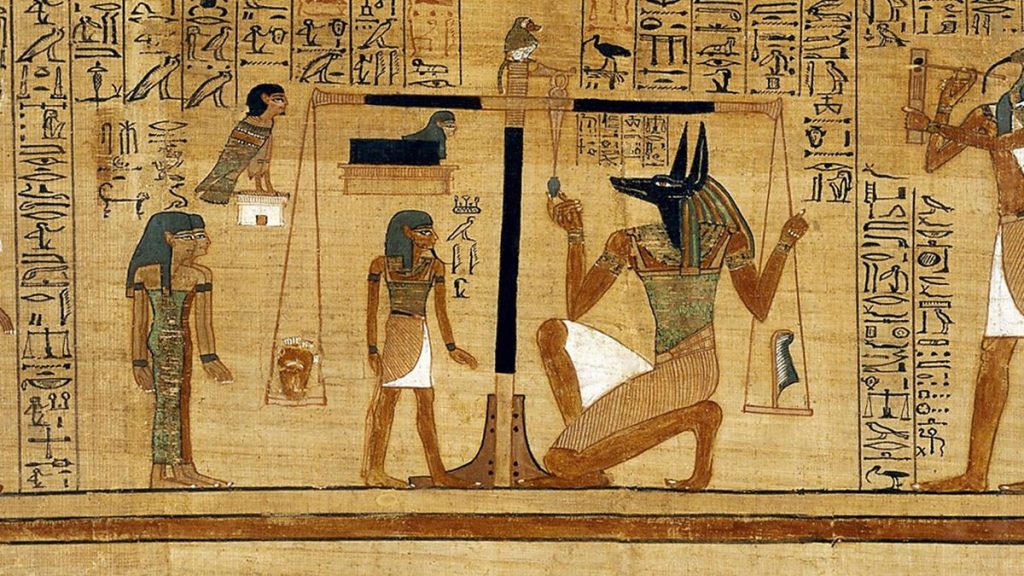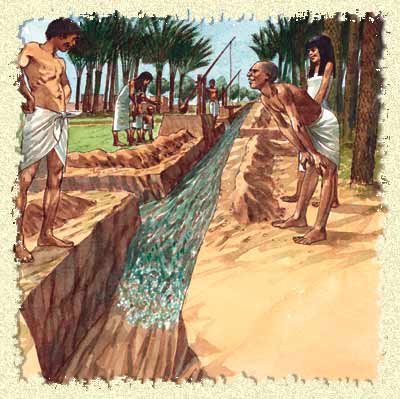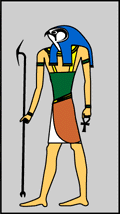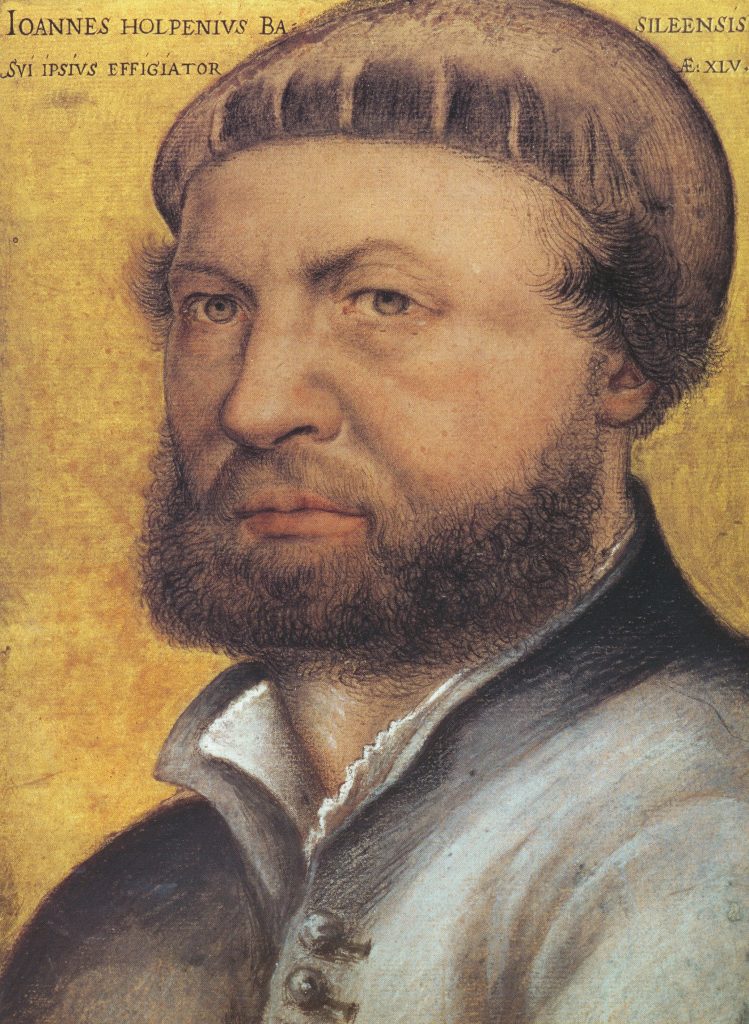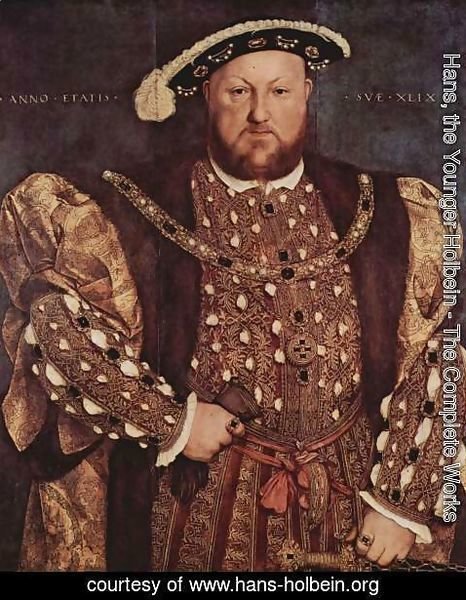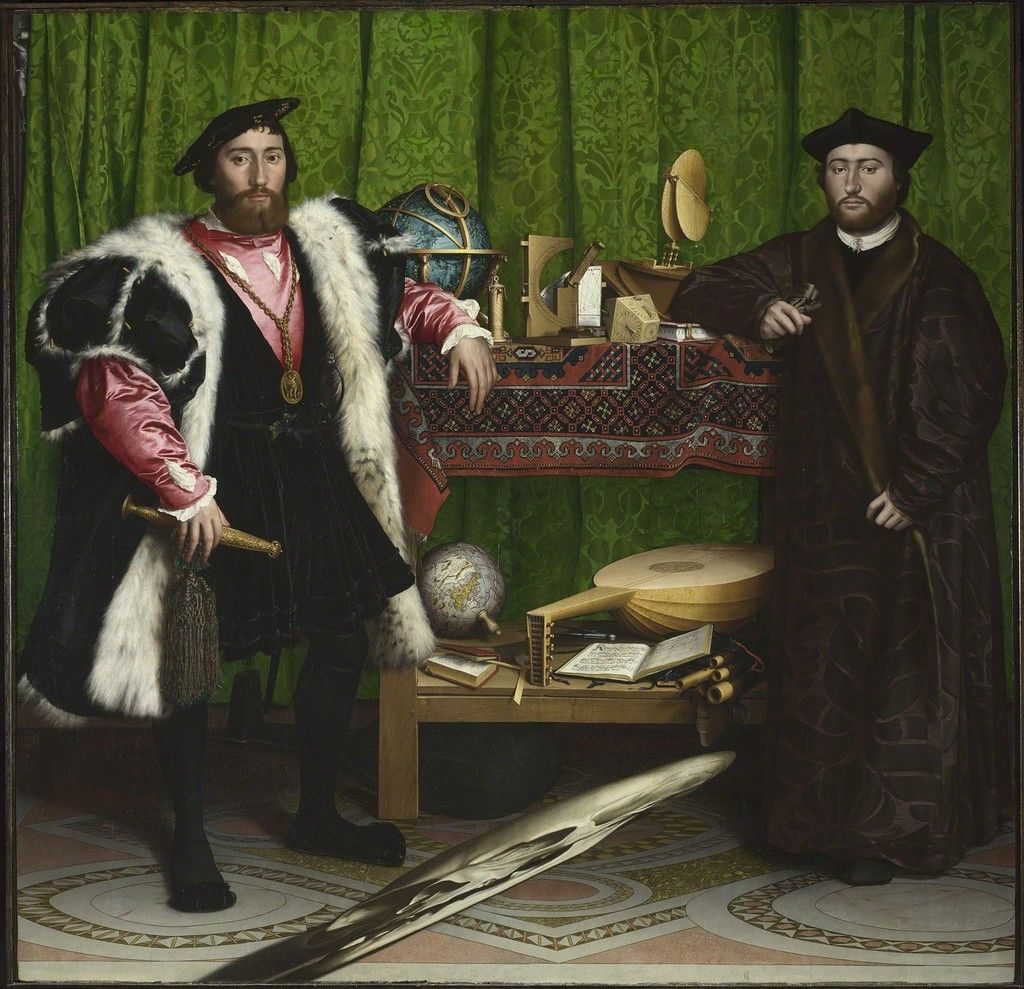The Odd History of Contact Lenses
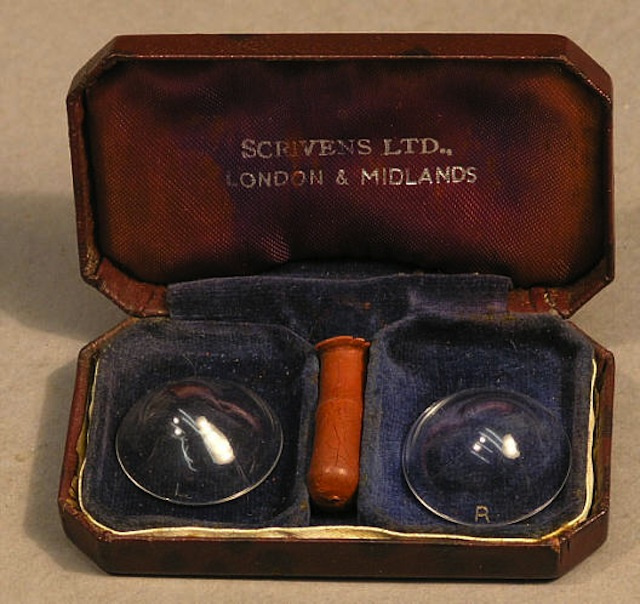
Optometry and eyewear have been around since the roman times, is anybody else not surprised by this, the Romans were always ahead of their times. But it wasn’t until the 12th century that the Italians had started to create what looks like a modern pair of eyeglasses that we are familiar with today. Aside from euorpean optometry, both Asia and those in alaska and on the poles had their own versions of eyewear that weren’t used to correct vision, but to protect from the sun and harsh winter weather.
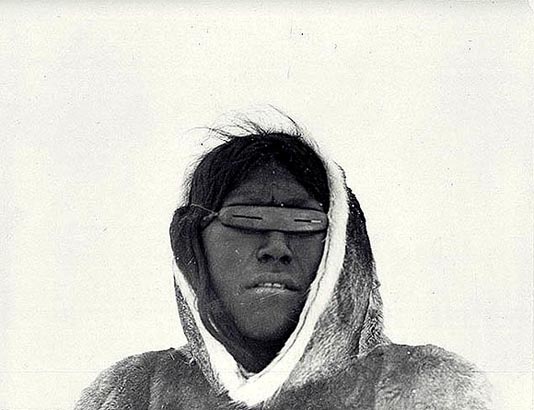
Most of us believe the invention of contact lenses is a recent idea, but to my surprise and research it wasn’t. A man by the name Adolf Eugen Fick was a german physiologist and doctor who first started experimenting with the idea of a contact lens in 1886. He started by creating the lenses to fit the eyes of animals and rabbits before he started to experiment on himself.
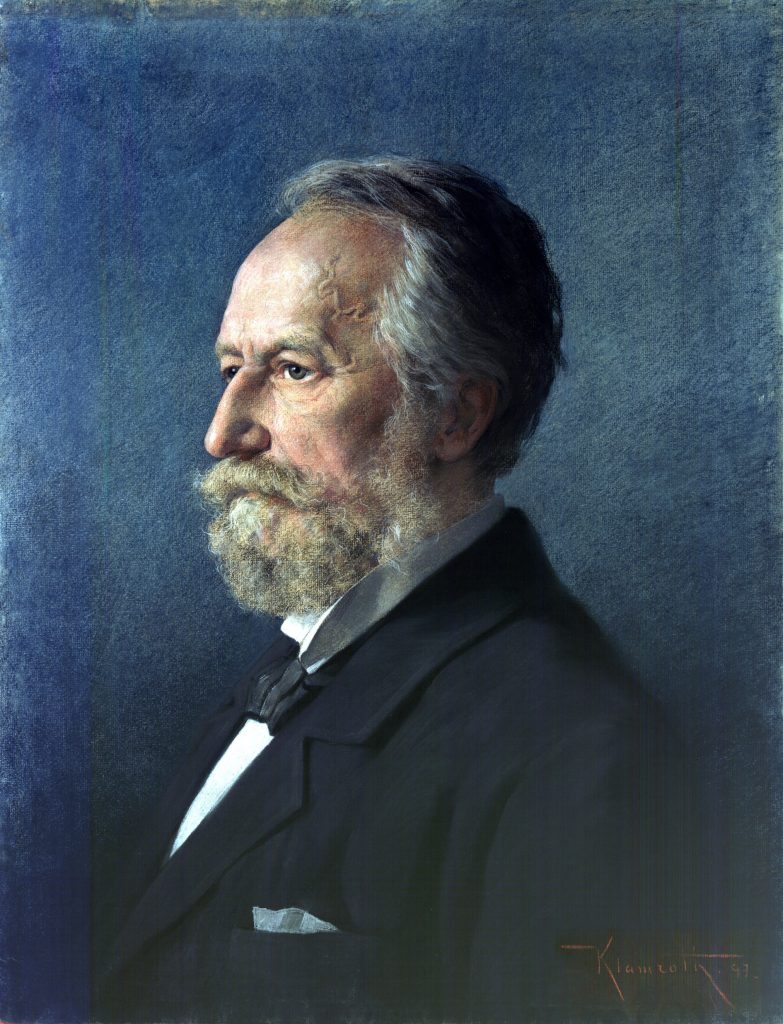
For those who wear modern contact lenses and even those who don’t, the idea of having a thin layer of glass over your eye is a terrible thought that’s hard to shake. But thats exactly what Fick did. He created molds of his and many others eye forms before making a thin glass lens that fit the form of the eye. Unlike todays contact lenses the older lens would cover the whole of the eye rather than solely the pupil making it understandably uncomfortable. Most people could only wear the lenses for a few hours to avoid too much irritation. Unfortunatley Fick is not commonly credidted with this modern invention as the idea didn’t popularize until almost 30 years after his death and even then another German scientist got most of the main acknowledgement.
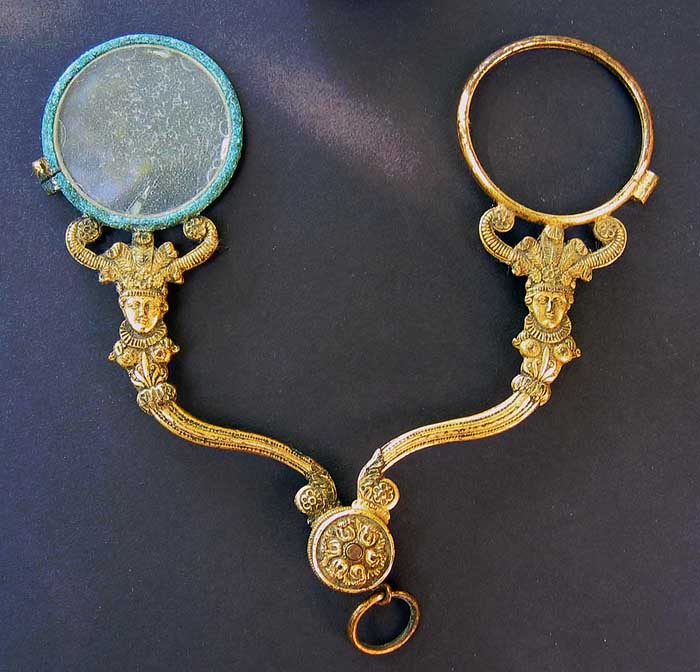
* I would like to note that some of the images used on this blogpost were from sites that did not cite where their sources were from so I was unable to properly cite some images or the website was in full German and couldn’t tell where the citation was or if it was correct *
Sorces:
https://en.wikipedia.org/wiki/Glasses#History
https://medium.com/@eyedo.india/history-of-eyeglasses-aac33917a466
https://en.wikipedia.org/wiki/Glasses#/media/File:Scissors_glasses.jpg
https://user.eng.umd.edu/~taylor/optics2.htm
http://broughttolife.sciencemuseum.org.uk/broughttolife/people/adolfeugenfick
